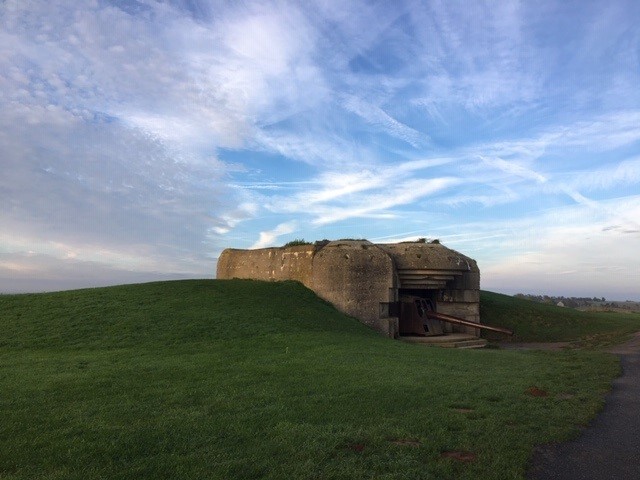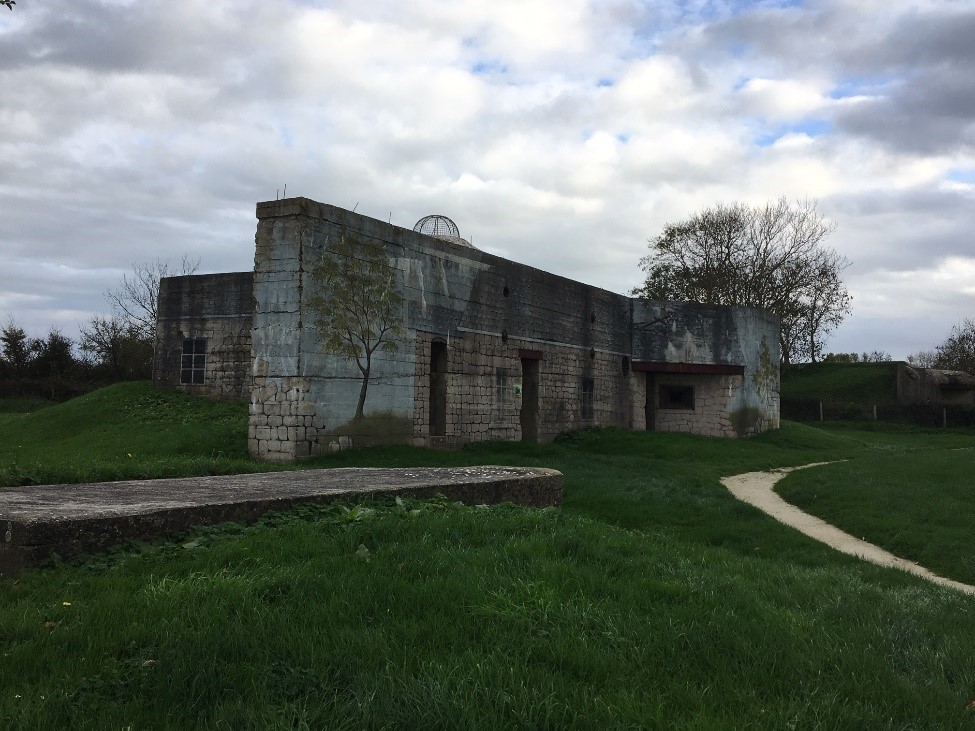Camouflage - Art in wartime
In all the varying mediums, art has so many purposes in our society. While art can be an expression of the artist, it can also be created with the intention of a specific effect in mind. This is true in times of peace and conflict. One very clever use, with intent, of art in wartime is camouflage.
Camouflage is the art of making something difficult to see or disguising it as something else. We have taken our lead from the natural world, where camouflage is highly successful for both predators and prey. Mankind has made good use of camouflage, and its wartime applications are numerous. Armed forces utilise camouflage for people, vehicles, aircraft, shipping, camps and buildings.
The Australian Army, Navy and Air Force uniforms have been designed to be practical, hard wearing clothing that distinguish them from the forces of other countries, while simultaneously making them hard to spot if they are trying to hide.
Camouflage not only provides troops with some protection, because if the enemy does not see you it is unlikely to fire upon you, but it also can give the strategic advantage of an element of surprise.
During the First and Second World Wars, Korean War, the Malayan Emergency and the Vietnam War, Australia’s camouflage in terms of uniform was simply colour. Various shades of khaki have been the principle colour of our uniforms for decades. As time went by, it was realised that coloured patterns could disrupt outlines and confuse images, making stationary things harder to see against similar coloured backgrounds and making movement harder to distinguish. This led to several different camouflage patterns being utilised by our Defence Forces. The uniforms have evolved from a single colour to two, six and finally seven colours in a pattern officially called Australian Multicam Camouflage Operational Combat Uniforms or AMP OCU.
Much time and thought goes into the graphic design and testing of camouflage patterns before they are approved and finally produced and issued to the Australian Defence Force personnel. Ultimately, they require a pattern that is versatile and can be effective in many different environments. While they have made colour palette variations for some different environments, such as desert and jungle warfare, essentially the pattern is the same for the Australian Army, RAN and RAAF.
Vehicles also need to blend into their environment when that is one of a warzone. The paint used is a matt variety so as not to reflect light and alert the enemy to the presence of a metallic object. Lights are minimalised and headlights sometimes have covers so that light only points down and not out or up. Modern military vehicles have complex paint patterns similar to the uniforms of the troops. Stationary vehicles can have added protection of camouflage netting thrown over them to further break up their outline or silhouette.
During the Second World War, the Germans installed a significant number of artillery batteries and bunkers along the Atlantic coastline. To maximise their effectiveness, they were often camouflaged in a number of ways. Many were built into the landscape with earth backfilled around and over them.

Others that were above the ground level were sometimes painted on the outside to give the illusion of a house or hotel with fake windows, doors, balconies and plants. This not only made them stand out less to Allied aircraft on bombing missions, but some pilots mistakenly saved those buildings thinking they were civilian, not military, in nature.

As we move into the future, there are sure to be further advancements in the way we choose to conceal the location and movements of our military. Art will always play a part in those advancements.
State Library of Queensland has a large range of resources on military strategy and art. Sometimes these two subject areas come together as in the art of camouflage.